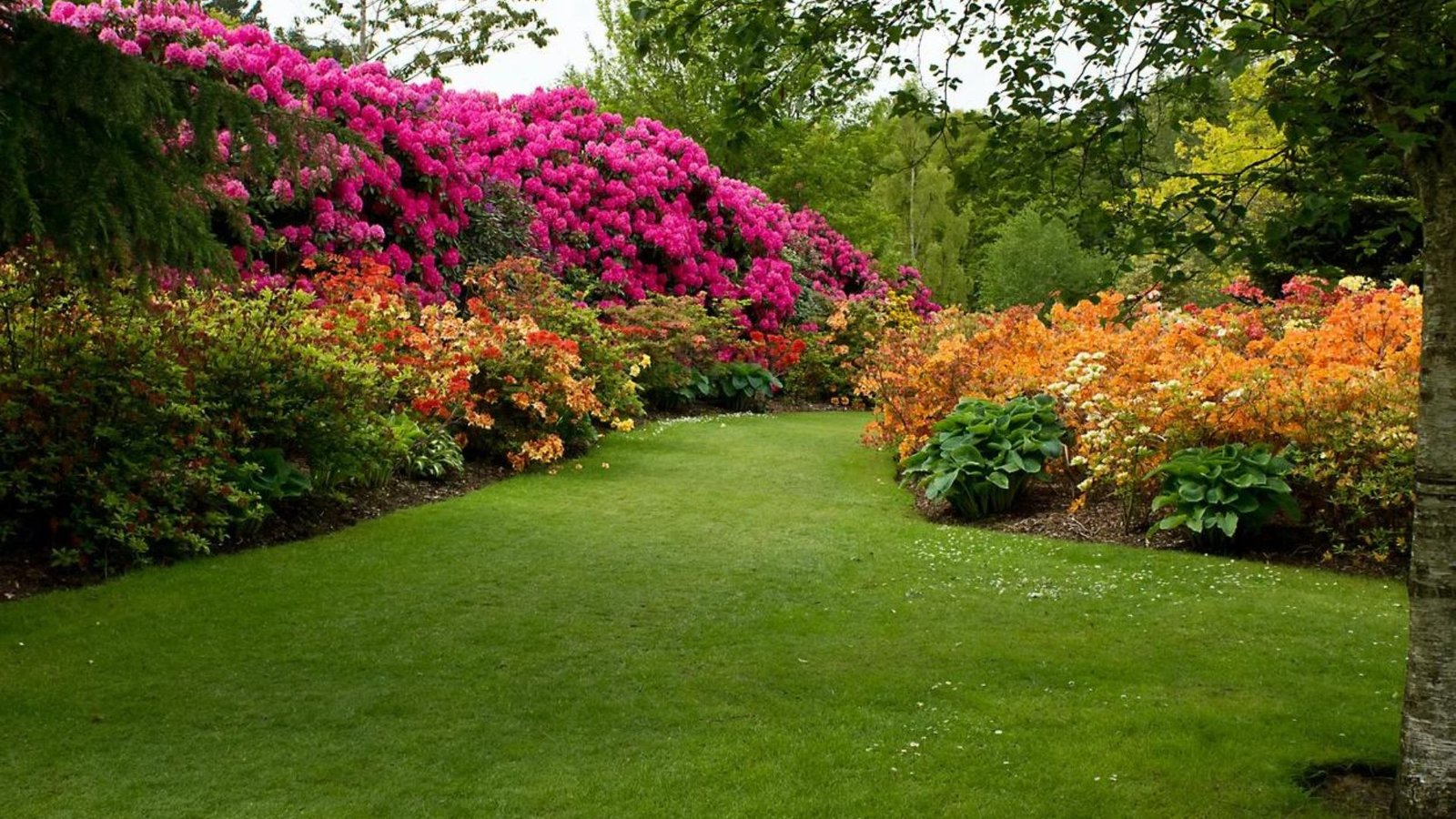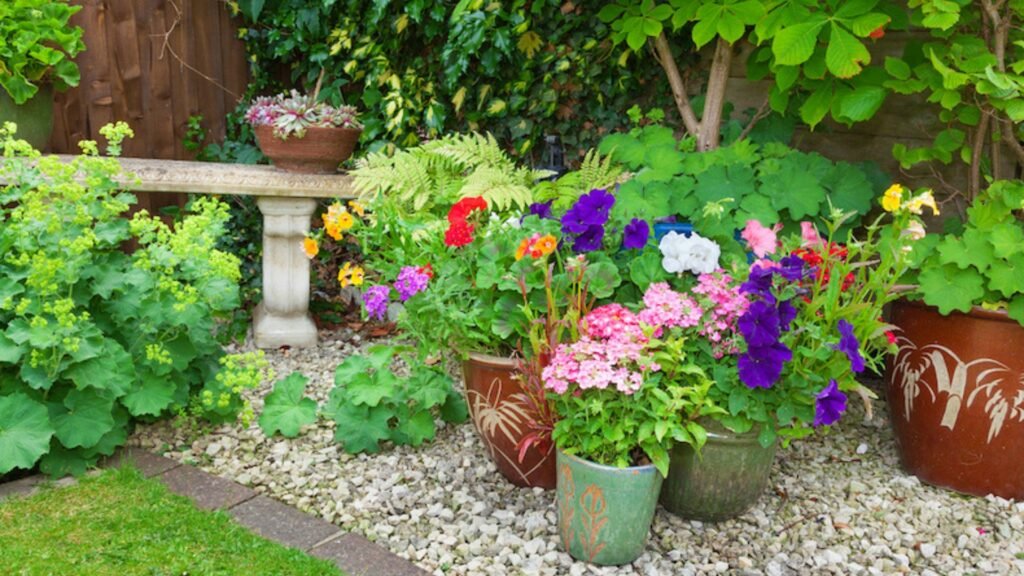|
Getting your Trinity Audio player ready...
|
Creating a vibrant and flourishing shade garden is an art that involves selecting the right flowers to thrive in low-light conditions. In this guide, we’ll explore how to choose flowers for a shade garden, ensuring that your outdoor space bursts with colour and vitality even in the shadiest corners.

Understanding Shade
Before diving into the world of shade-loving flowers, it’s crucial to understand the types of shade your garden receives. Take note of the sun patterns in your garden to make informed choices.
Top Picks for Partial Shade
- Astilbe: Known for its feathery plumes, astilbe thrives in partial shade and adds elegance to any garden.
- Bleeding Heart (Dicentra): With its unique heart-shaped flowers, Bleeding Heart is a charming choice for partial shade.
- Lungwort (Pulmonaria): Lungwort boasts attractive spotted leaves and vibrant flowers, making it a versatile addition.
- Columbine (Aquilegia): This perennial features delicate, spurred flowers in an array of colours, thriving in partial shade.
Thriving in Full Shade
- Hosta: Renowned for its lush foliage, hosta is a go-to plant for full shade, offering a variety of leaf shapes and colours.
- Ferns: Various fern varieties, such as lady ferns and ostrich ferns, flourish in full shade, adding texture to the garden.
- Brunnera (Siberian Bugloss): Resilient and low-maintenance, brunnera’s heart-shaped leaves and small blue flowers thrive in full shade.
- Lily of the Valley (Convallaria majalis): Known for its sweet fragrance, this classic flower thrives in the darkest corners.
Choosing Colors for Impact
While shade gardens may lack direct sunlight, they can still burst with colour. Opt for flowers with bold and vibrant hues to create visual interest. Impatiens, with their wide range of colors, and begonias, offering rich tones, are excellent choices to brighten up shaded areas.
Considering Height and Structure
To add dimension to your shade garden, vary the height and structure of your chosen flowers. Tall, elegant plants like foxgloves or hellebores can create a stunning backdrop while low-growing options such as sweet woodruff and violets form a charming ground cover.
Seasonal Interest
Ensure year-round appeal by selecting flowers that bloom at different times. For spring blooms, consider planting bleeding hearts and lungwort. Hostas and ferns maintain interest throughout the summer while fall-blooming options like toad lilies add a final burst of colour.
Low-Maintenance Choices
For a hassle-free shade garden, opt for low-maintenance plants that thrive in the conditions. Heuchera, commonly known as coral bells, is a versatile perennial with striking foliage that requires minimal care. Japanese forest grass (Hakonechloa) is another low-maintenance option, adding graceful texture to shaded spots.
Soil Preferences
Understanding your soil type is essential when choosing shade-loving flowers. Many shade plants, like hydrangeas and rhododendrons, prefer acidic soil. Amending your soil with organic matter can improve its structure and enhance the health of your chosen flowers.
Complementing Foliage
In a shade garden, foliage often takes centre stage. Choose flowers with interesting leaf shapes and textures. Japanese painted ferns, with their silver and burgundy fronds, or the bold foliage of the ligularia plant, can complement the overall aesthetic of your garden.
Integrating Fragrance
Consider incorporating fragrant flowers to enhance the sensory experience of your shade garden. Plants like sweet woodruff and lily of the valley not only thrive in shaded conditions but also release delightful scents, adding an extra layer of enjoyment to your outdoor space.
Attracting Wildlife
Choose flowers that attract pollinators to bring life and movement to your shade garden. Bee balm, with its vibrant blooms, is a favorite among bees and butterflies. Creating a pollinator-friendly environment contributes to the overall health of your garden ecosystem.
Edible Options
Explore edible shade-loving plants to introduce both aesthetics and functionality. Hosta varieties, known for their beautiful foliage, also have edible shoots.
Artistic Flower Combinations
Create visual interest by experimenting with artistic flower combinations. Pairing the bold foliage of hostas with the delicate blooms of astilbe or incorporating the contrasting colours of ferns and bleeding hearts adds an artistic flair to your shade garden.
Utilizing Containers
For versatility, use containers to showcase shade-loving plants. This allows you to move plants around as needed, experimenting with different arrangements and creating focal points in specific areas of your garden.
Seasonal Maintenance Tips
Understand the seasonal care requirements of your chosen flowers. Some plants may benefit from dividing every few years to maintain vigour, while others may need winter protection in colder climates. Hence, stay attuned to the unique needs of your shade-loving plants throughout the year.
Conclusion
In conclusion, designing a shade garden that bursts with life involves thoughtful consideration of plant varieties, colours, and seasonal interests. By selecting a mix of partial shade and full shade-loving flowers, paying attention to height variations, and considering maintenance requirements, you can create a stunning and thriving shade garden that becomes a captivating oasis within your outdoor space.
You may find this information useful:
Gardening with Flowers: Tips for a Vibrant Garden
How to Choose Flowers for Any Occasion

